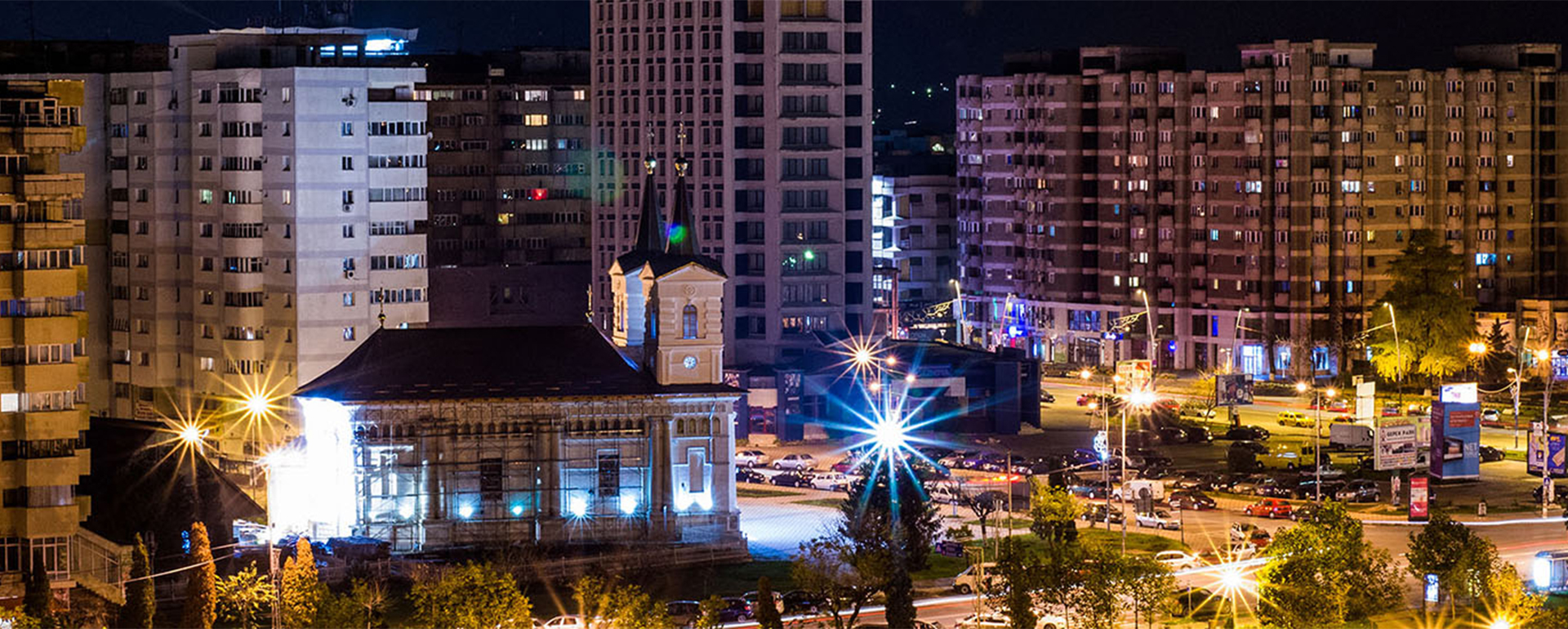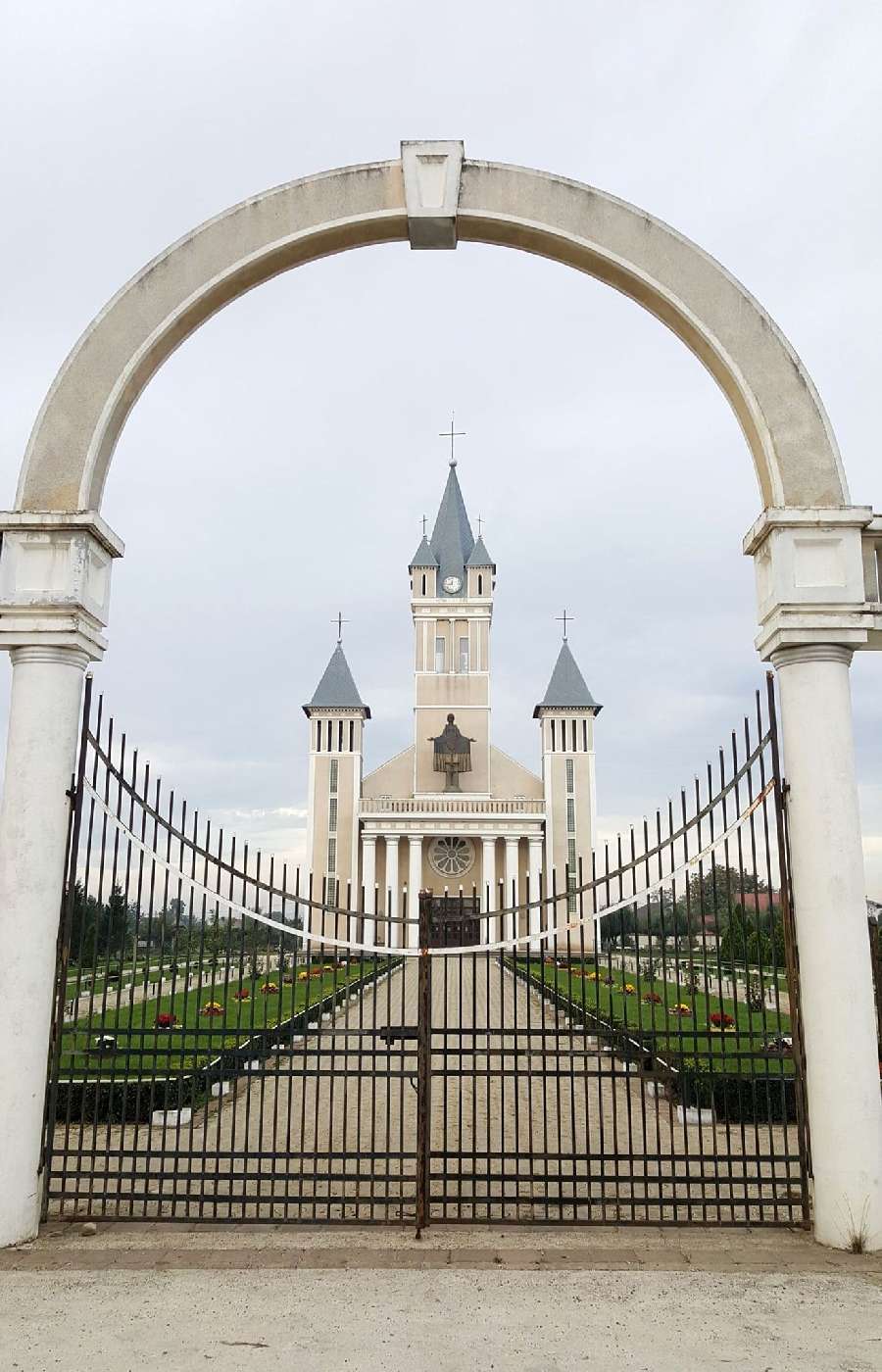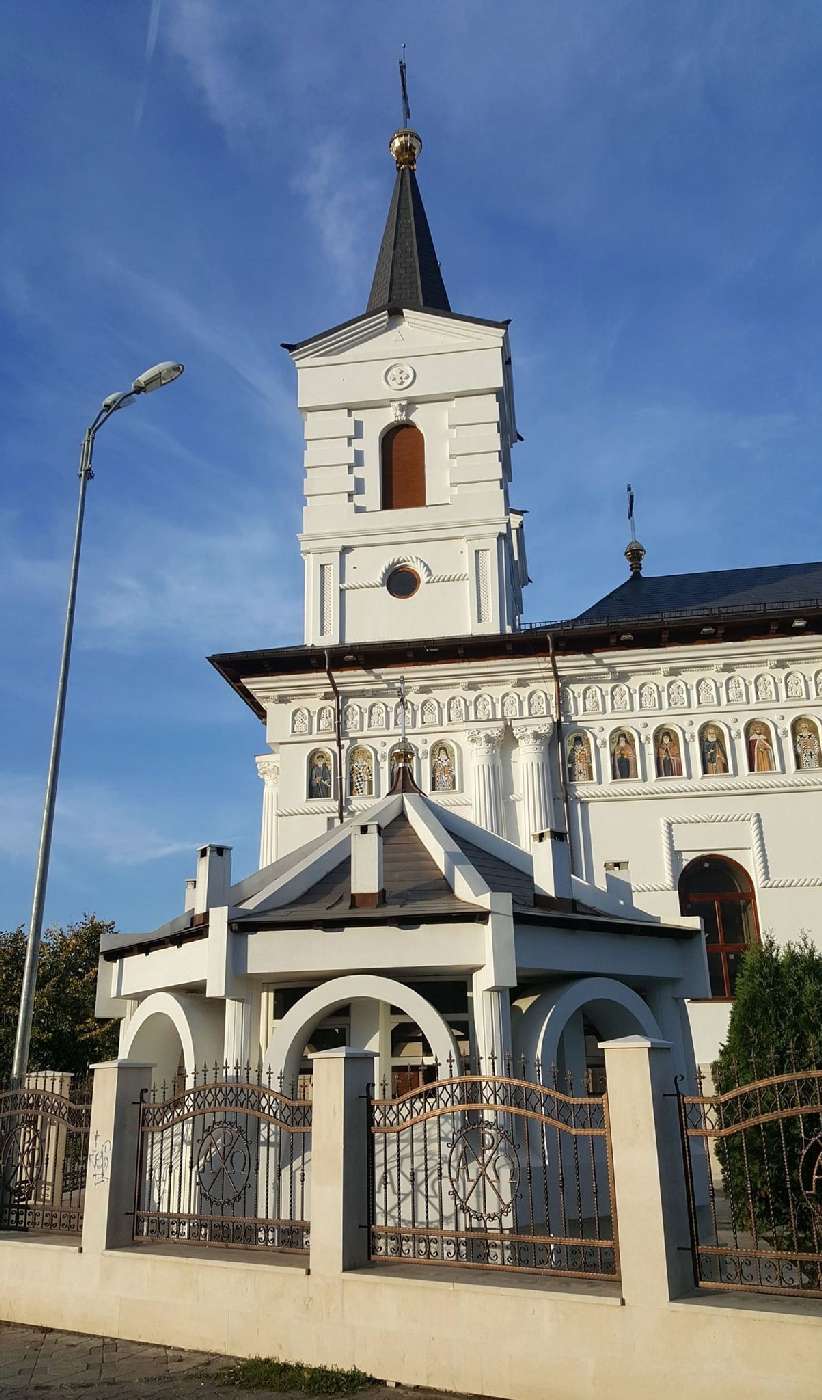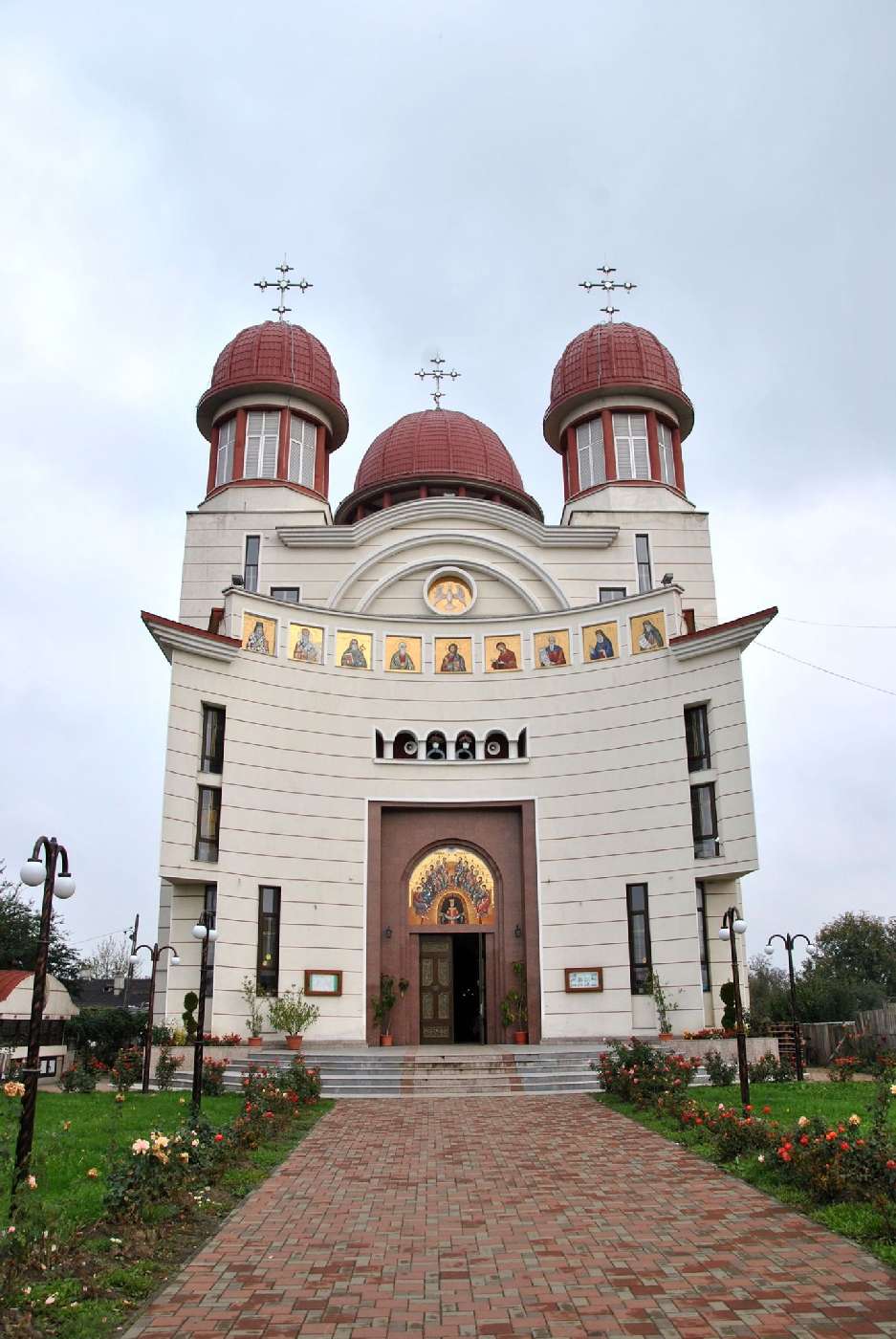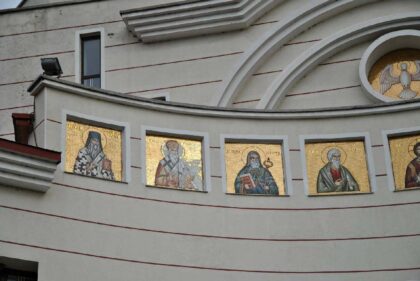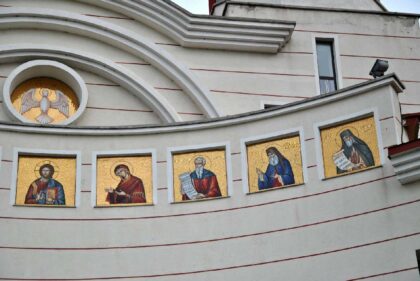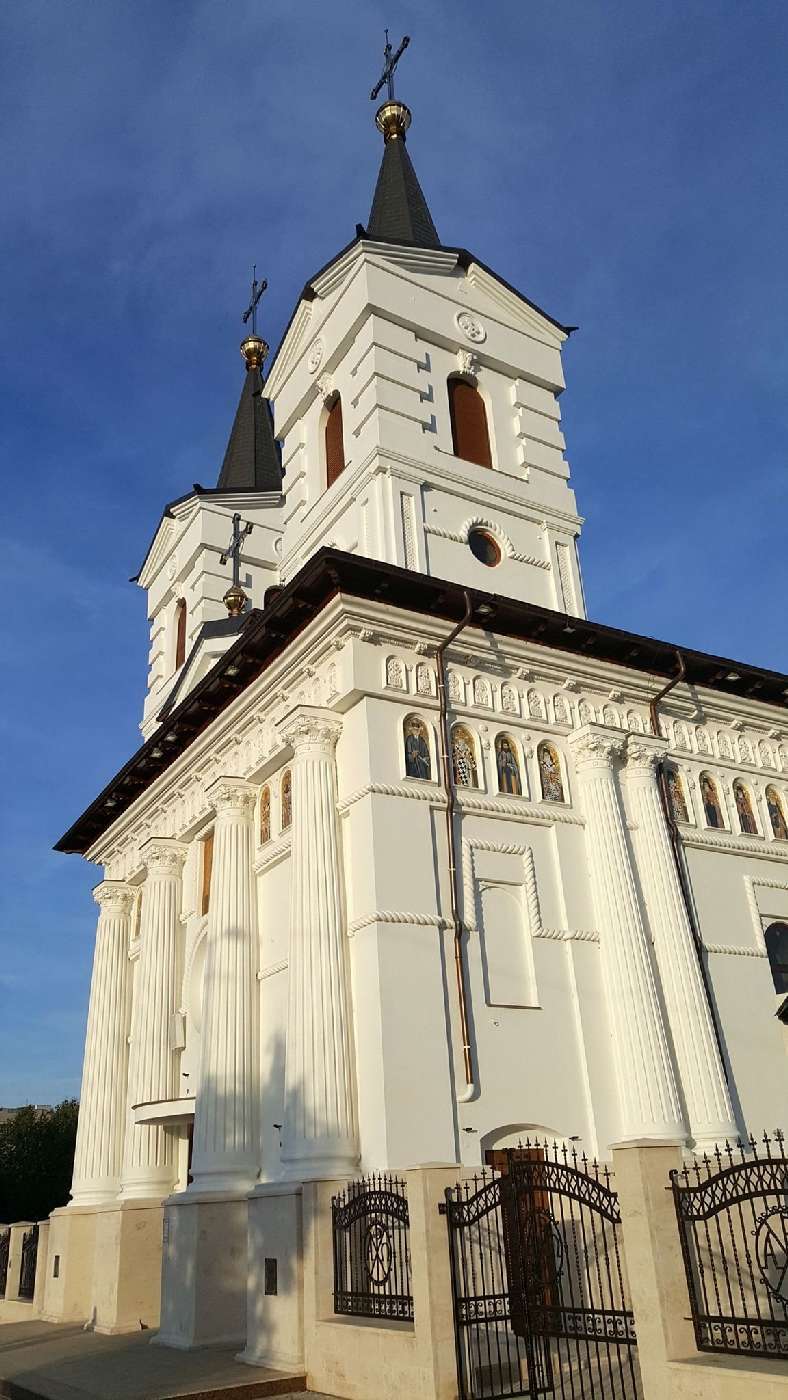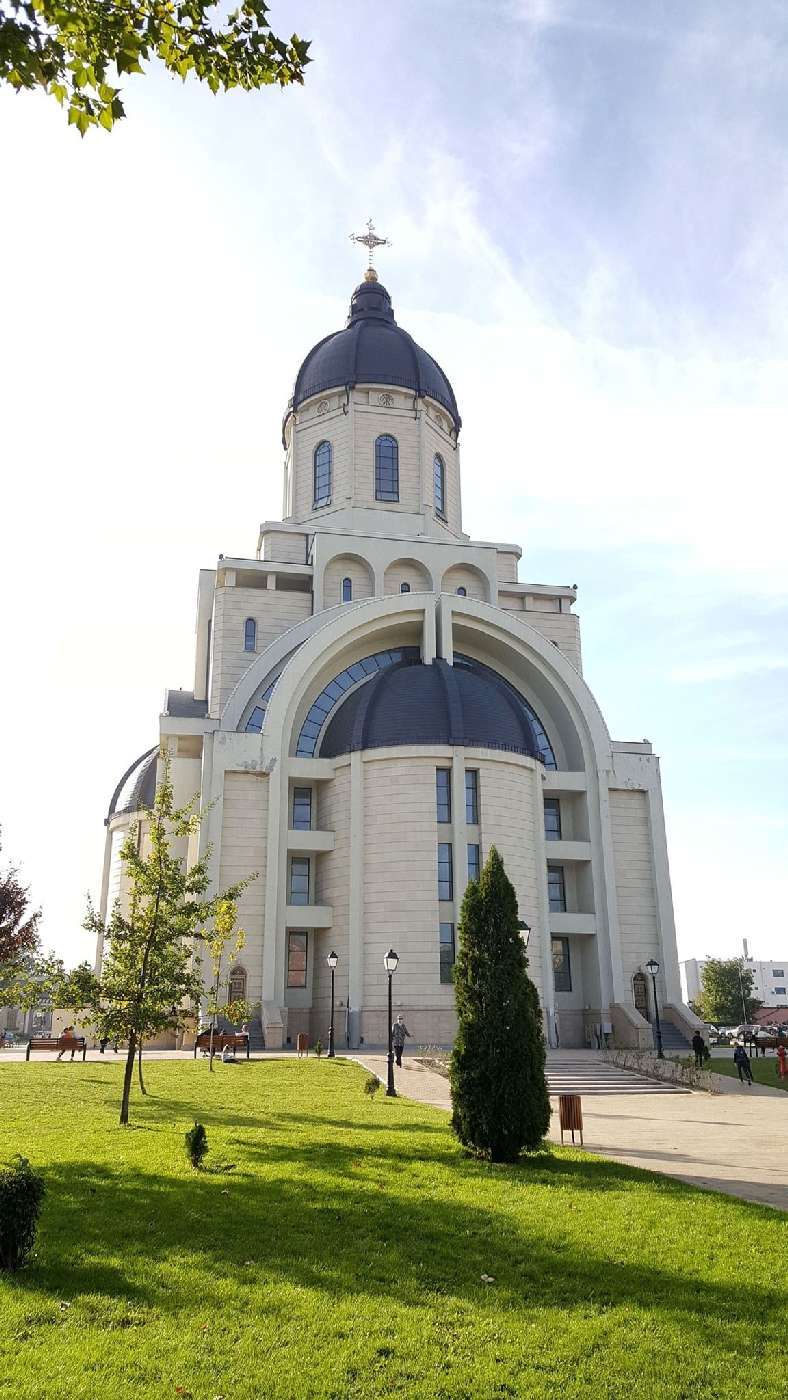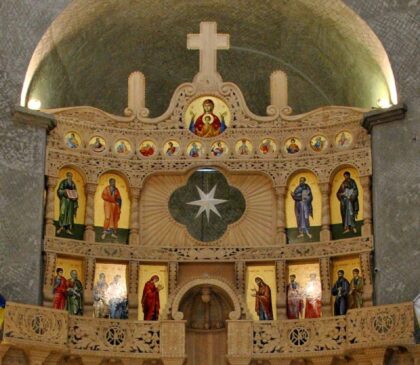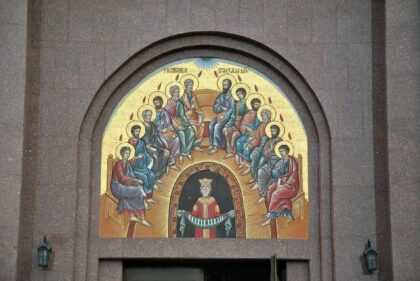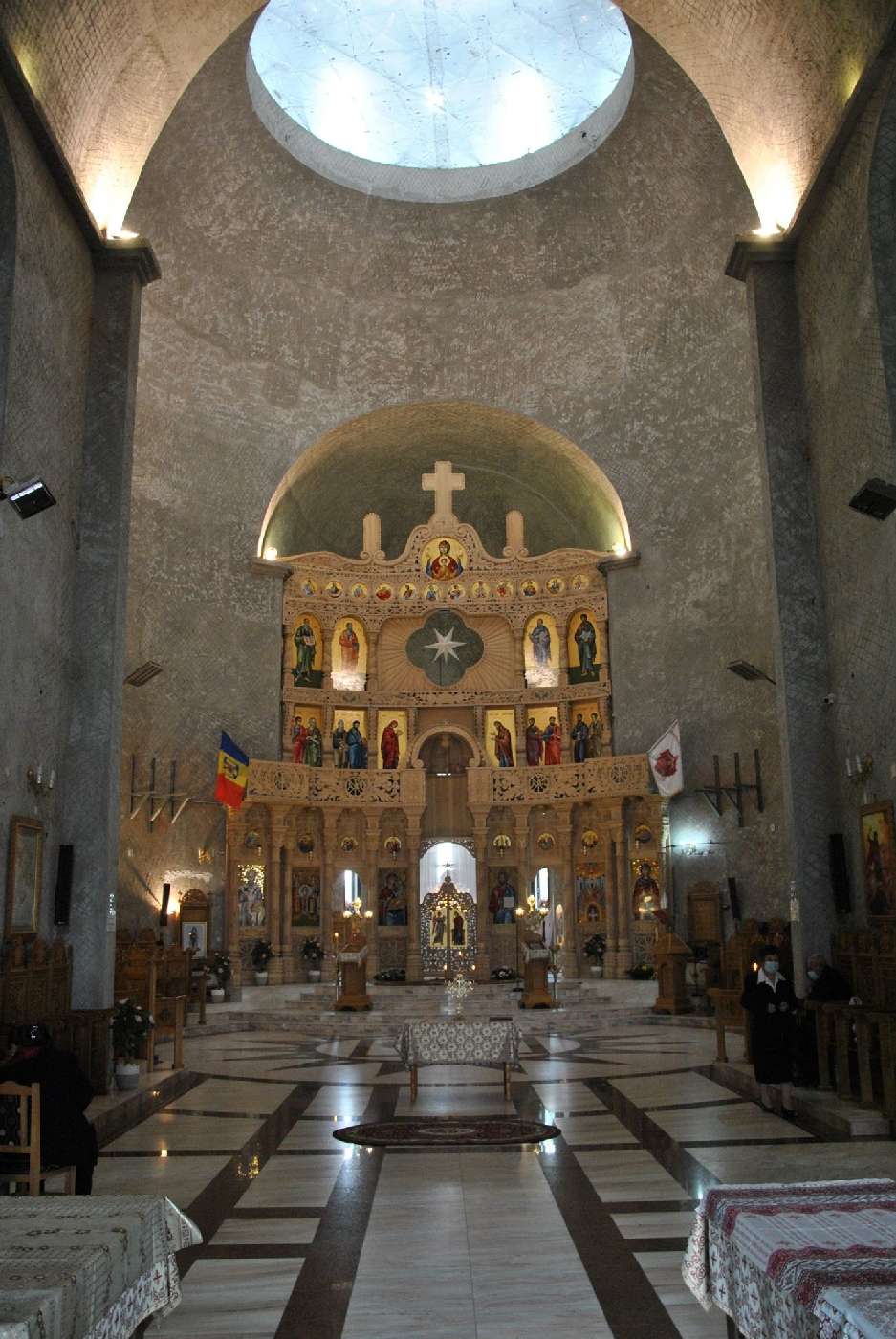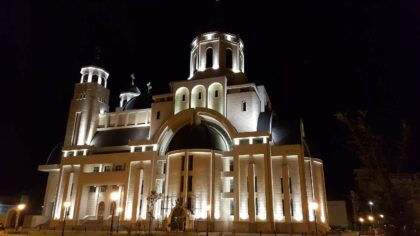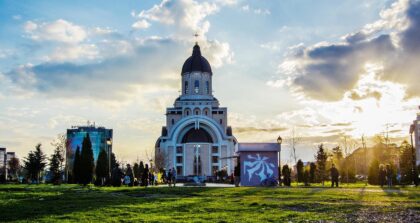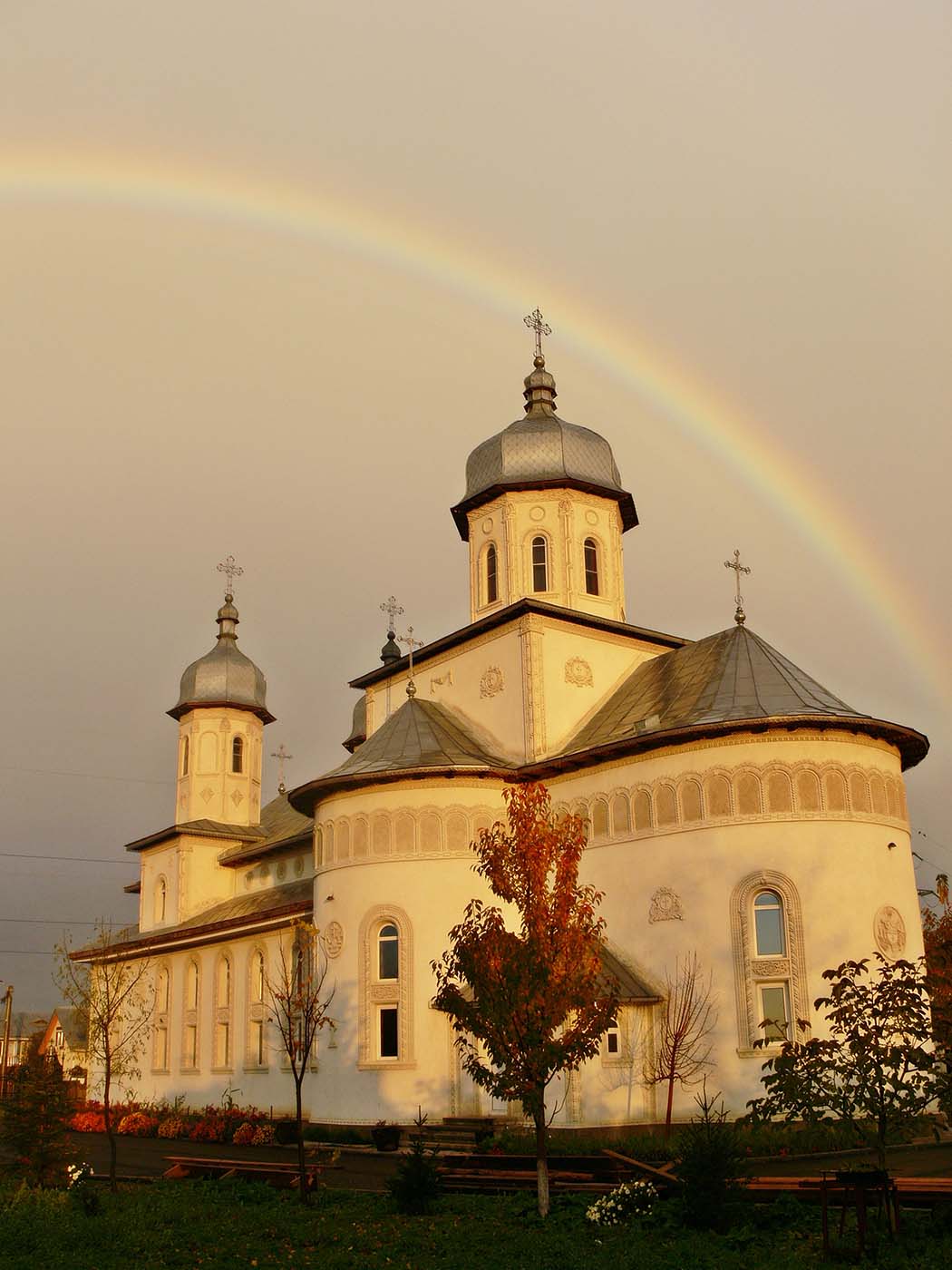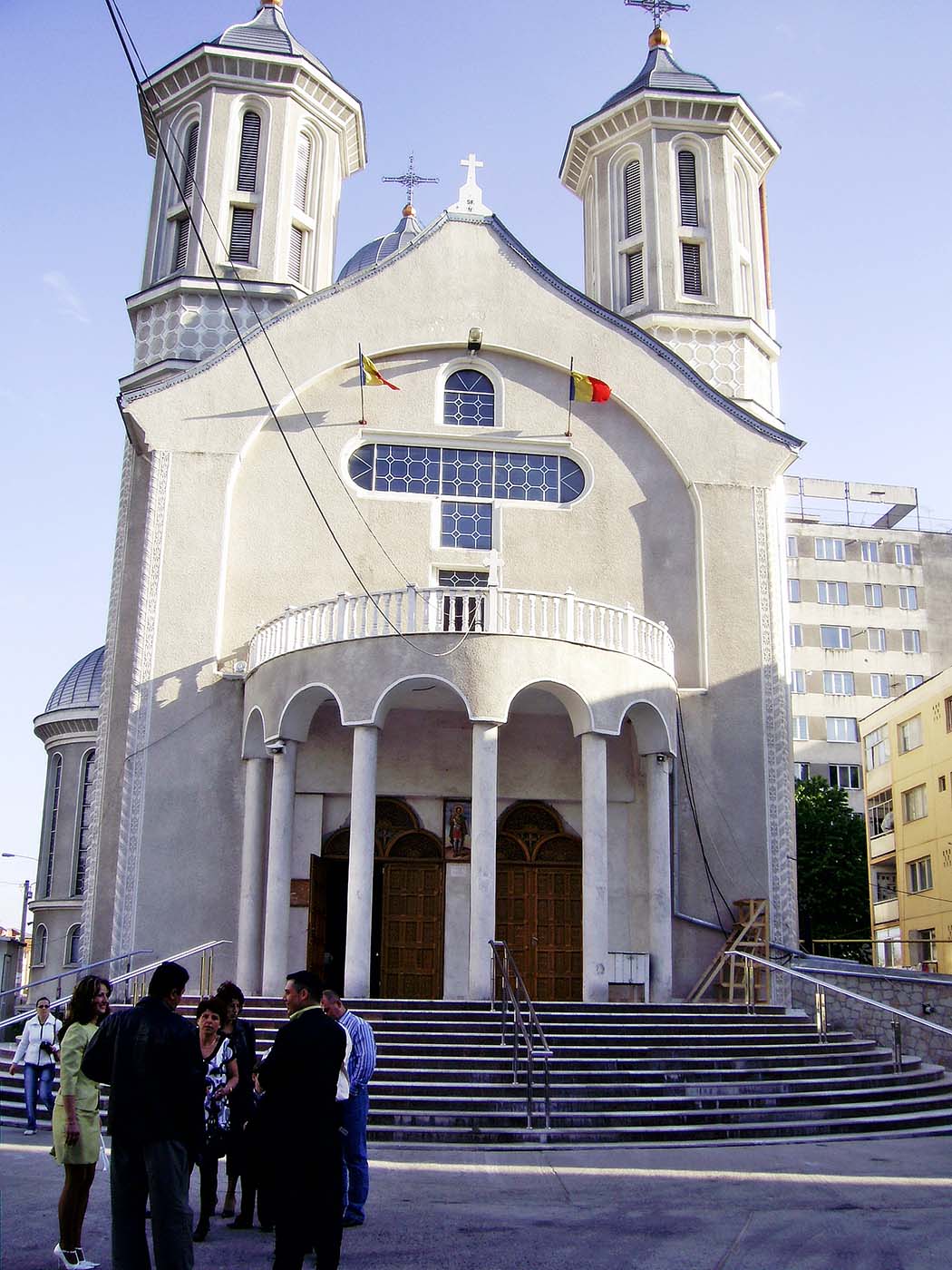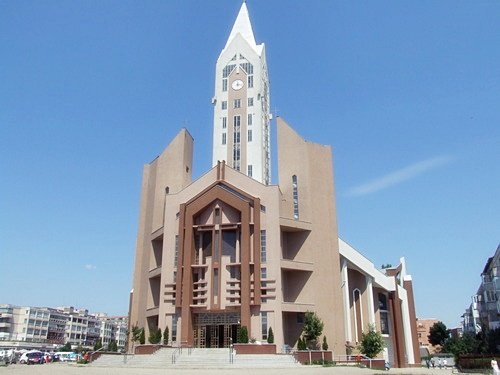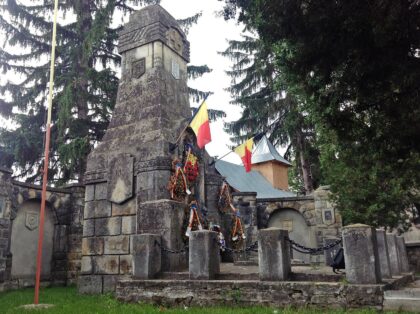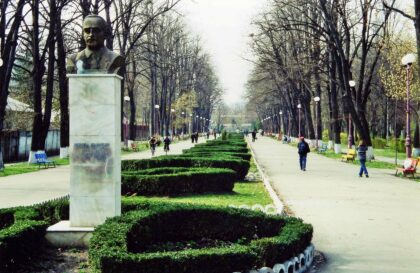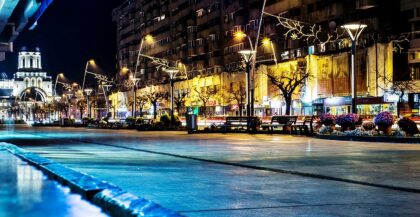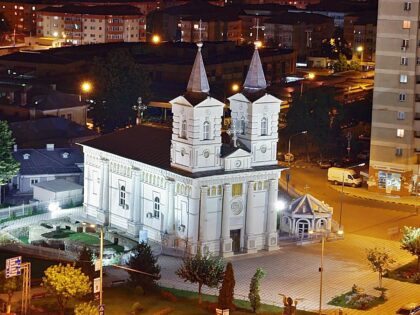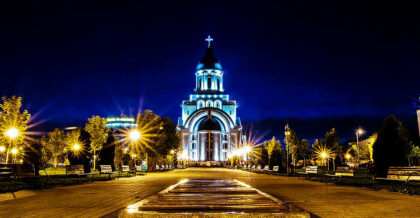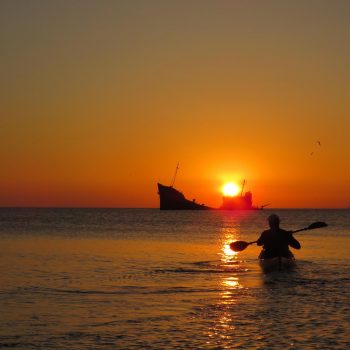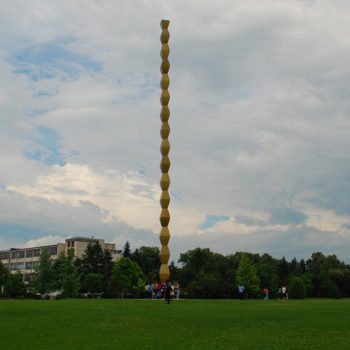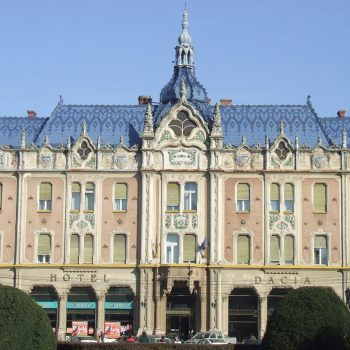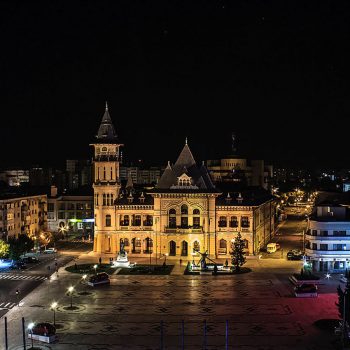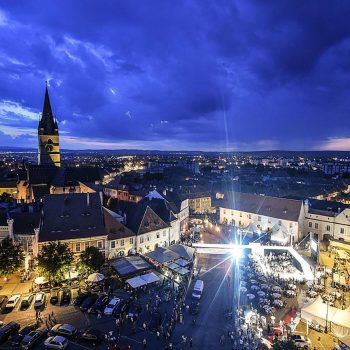Brief Description: If you are planning to tour Romania, then Bacau is a must on your list of cities to visit.
More information – Historical Attractions Sightseeing features
Here you can either take a walk around Lake Bacău or through Cancicov Park, visit the ruins of the Princely Court and the memorial house of George Bacovia, or relax in the Museum of Natural Sciences or in the astronomical observatory “Victor Anestin”. And of course you can’t leave the city without trying the traditional food and delicious red wine from the area.
Bacău is the district capital of the district of the same name and is located on the Bistrita River, which covers part of the local electricity consumption with its hydroelectric power station.
The city has an area of 43 square kilometers and a population of around 144,000 people. Bacău has the advantage of having an international airport from which regular flights depart to various national and European destinations. According to some great Romanian writers, the name Bacău comes from Hungarian. The first documented mention dates back to 1399. In some documents from different archives Bacău is referred to as Bacovia or Ad Bacum. Long ago there were extensive forests here where herds of bison lived. A bison’s head is even in the Moldova Museum in Bacău, along with a significant collection of ancient manuscripts and historical documents.
Bacău is located in north-eastern Romania, bordering on the north with the municipalities of Hemeius and Säucesti, on the east with the municipality of Letea Veche and on the south with the municipalities of Mägura, Märgineni and Luizi-Călugăra. Another advantage of Bacău is the fact that it is close to tectonic dislocation lines. The town lies on south-southeast facing, level or gently sloping terraces with good drainage and plentiful groundwater. The nearby meadows and terraces are used for the cultivation of fruit trees, grapevines and cereals. The natural location of the place meant that Bacău has experienced rapid development since the Middle Ages and has become an important junction for trade routes in the central and western part of Moldova.
Sightseeing features
Bacau Lake
The lake is also called Serbanesti Lake and is 2,300 meters long and 600 to 900 meters wide. The beauty of the lake and the whole landscape offers the visitor a wonderful place for recreation in nature. The area here is a nature reserve and belongs to the Bistrita Hydroelectric Power Plant. The lake is also the last reservoir before the confluence. The reed thicket and the islet are also an ideal place for migratory or wintering birds, where up to 147 bird species can be found.
Ruins of the Princely Court
The princely court of Bacău was the residence of Alexandru, son of Stephen the Great, between 1481 and 1496, and at the same time it was the center of administration, control and organization. Since the princes traveled more often, there were several princely courts in both Moldavia and Wallachia, so that the prince could stay anywhere, either for political talks or to attend court proceedings. At the same time, the princely courts were the residence of the heir to the throne. The Princely House was discovered after the first excavation work and archaeological finds showed that the building was constructed in the second half of the 15th century. The house has a rectangular floor plan with external dimensions of 17.90 x 8.5 m. Only the basement, consisting of two rooms, remains from the whole building. The largest room has four columns, arranged along the long axis, which supported the vault. Two of them stand freely in the room and the other two stand against the walls that form the small side of the rectangle.
Victor Anestin Observatory
This building complex, which was built between 1910 and 1911 and once served as a water tower for the city’s water supply, has a diameter of approx. 12 m, a total height of approx. 25 m and extends over 4 levels. The building has belonged to the museum since 1981, with the astronomy exhibition extending over six rooms. The planetarium auditorium is on the top floor, while the ground floor hosts a reference book exhibition. The basic theme of the astronomy exhibition is “Matter in the Universe” and each room has a sub-theme: Room I – “Structure of Matter”, Room II – “Types of Stars”, Room III – “Stars – from the Sun to star systems”, Room IV – “Distance of the Stars. The Matter Unity”, Room V – “Cosmic Phenomena. astronautics”. Text, photos, graphic elements, astronomy images with nebulae and star clusters, spiral galaxies, solar eclipses and human activities on the moon are placed on chestnut-brown veneer panels.
George Bacovia Memorial House
The George Bacovia Memorial House is the starting point for any cultural itinerary in Bacău. It was first opened to the public in 1971. This house from the last decade of the 19th century houses the poet’s furniture and numerous personal belongings. The house has 5 rooms, each room has retained its individual character, and in which one can find original manuscripts, documents and heirlooms. In the living room, the tasteful furniture is simple: here is the piano, the violin and the portraits of his parents, Zoe and Dimitrie Vasiliu, whom the poet loved very much. The museum also has a videotape with a documentary about the poet and an audio recording of his voice. The garden is a place of rest, meditation and relaxation where one can find various sculptures by contemporary artists.


